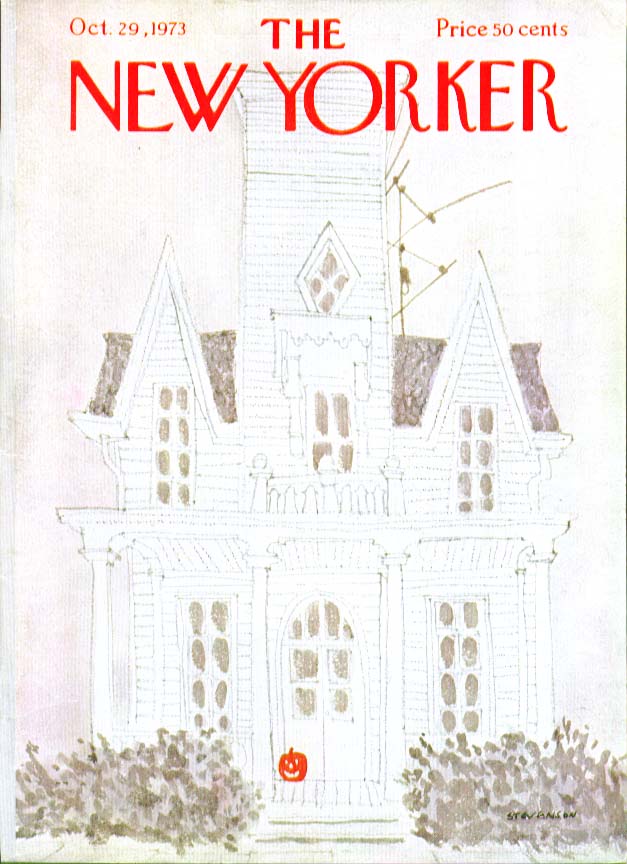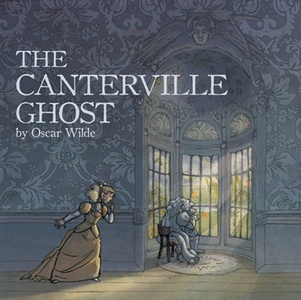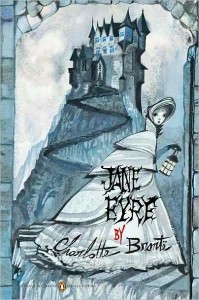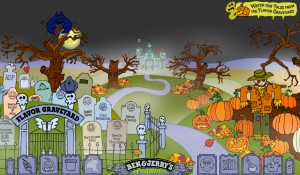The weather here on the west coast is definitely Fall-like at last, chill temperatures and brisk gusts of wind remind me of why I prefer this time of year. Time to break out the scarves and mittens, flannels and fuzzy slippers. Just to make cozying up that much more enjoyable. The approaching Thanksgiving holiday makes me pause and reflect, as I still see pumpkins decorating porches and sills and tabletops. We always save one or two from October to enjoy through November – a bright orange reminder – it’s interesting how the pumpkin, the idea of it, transitions from the herald of giving treats to the herald of giving thanks. Many of us will close the holiday with that slice of spicy sweetness. It’s a fitting way to bookend Autumn. Enjoy this New Yorker cover from 1973, a house simply celebrating the season.
New Yorker Magazine, Stevenson, 1973





